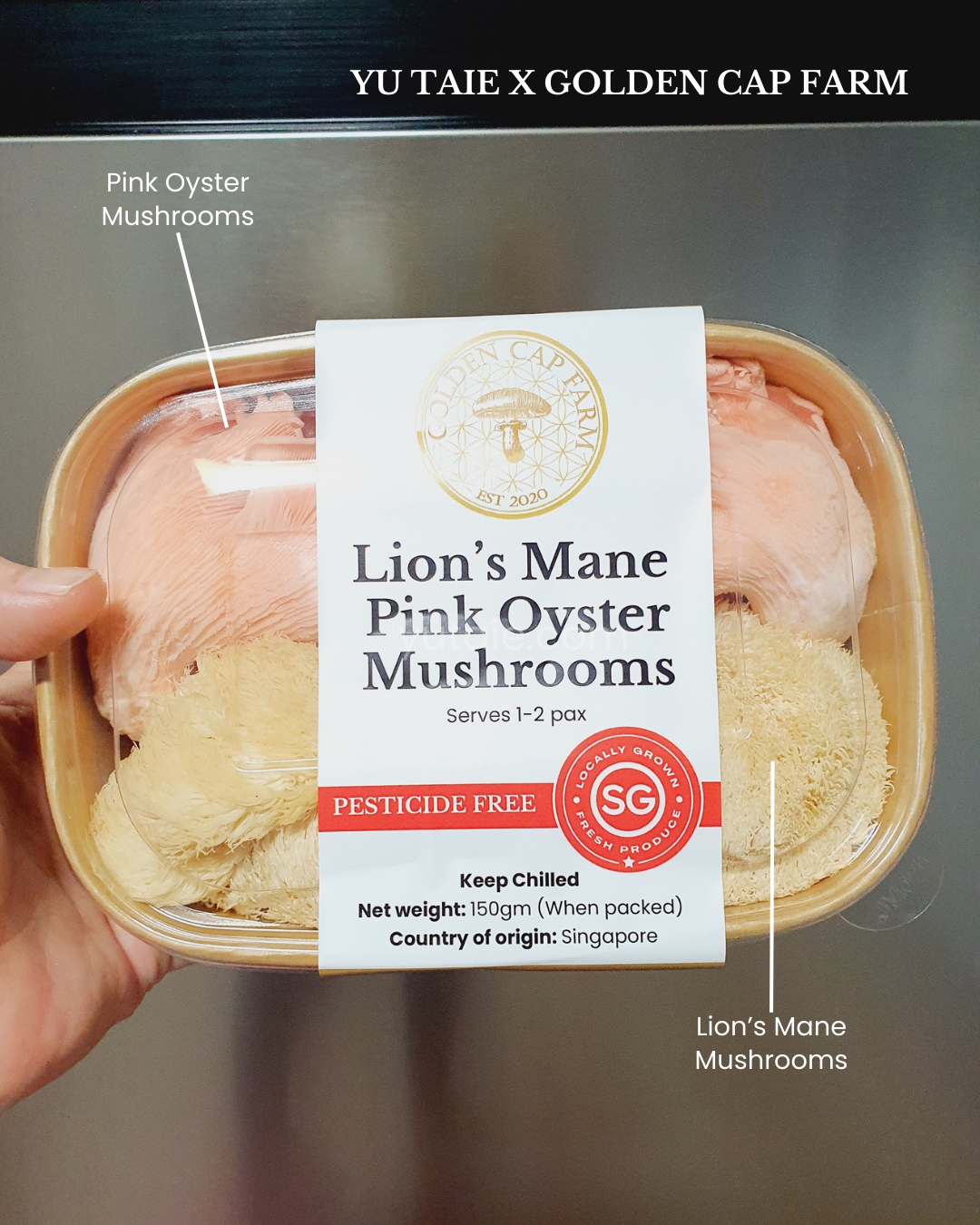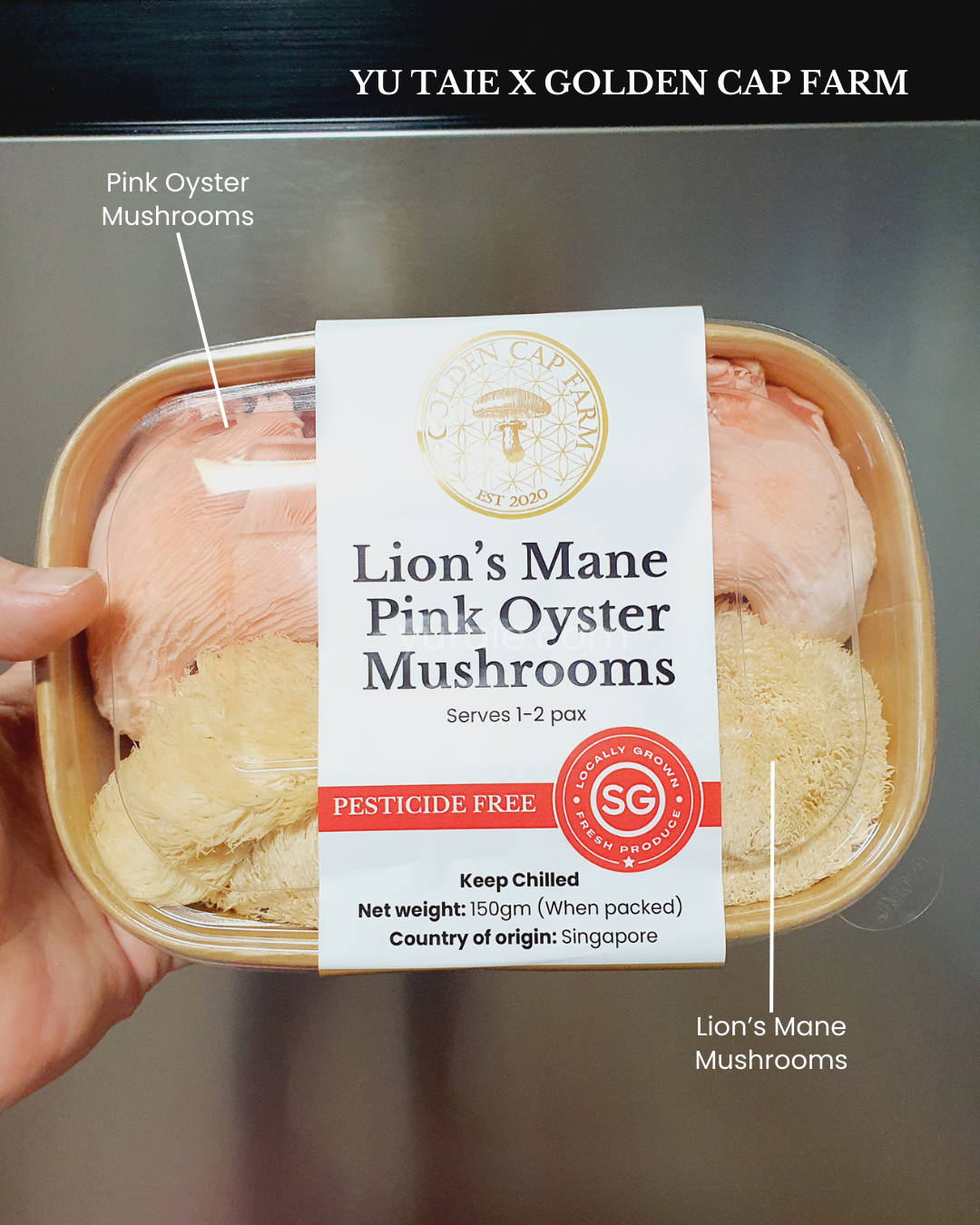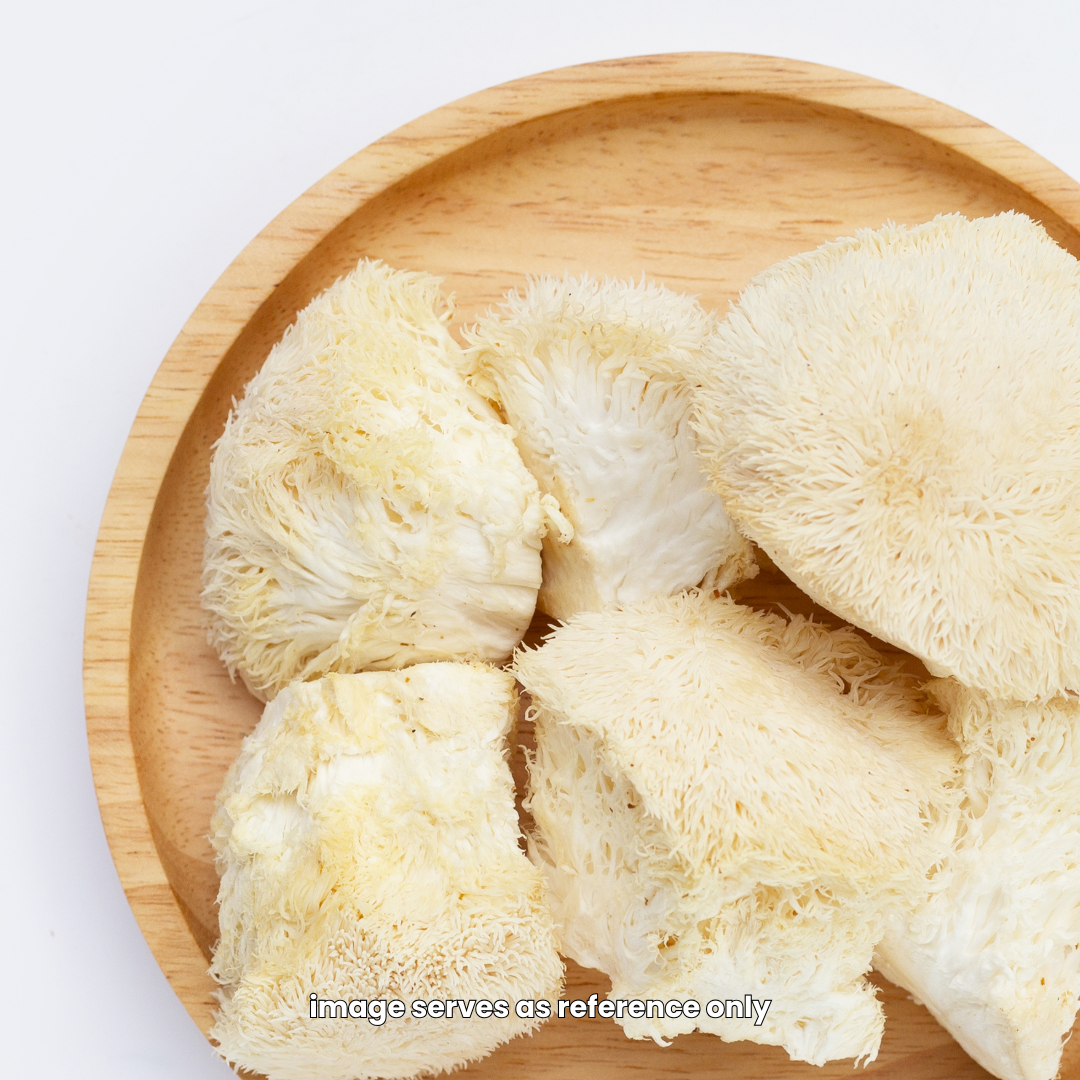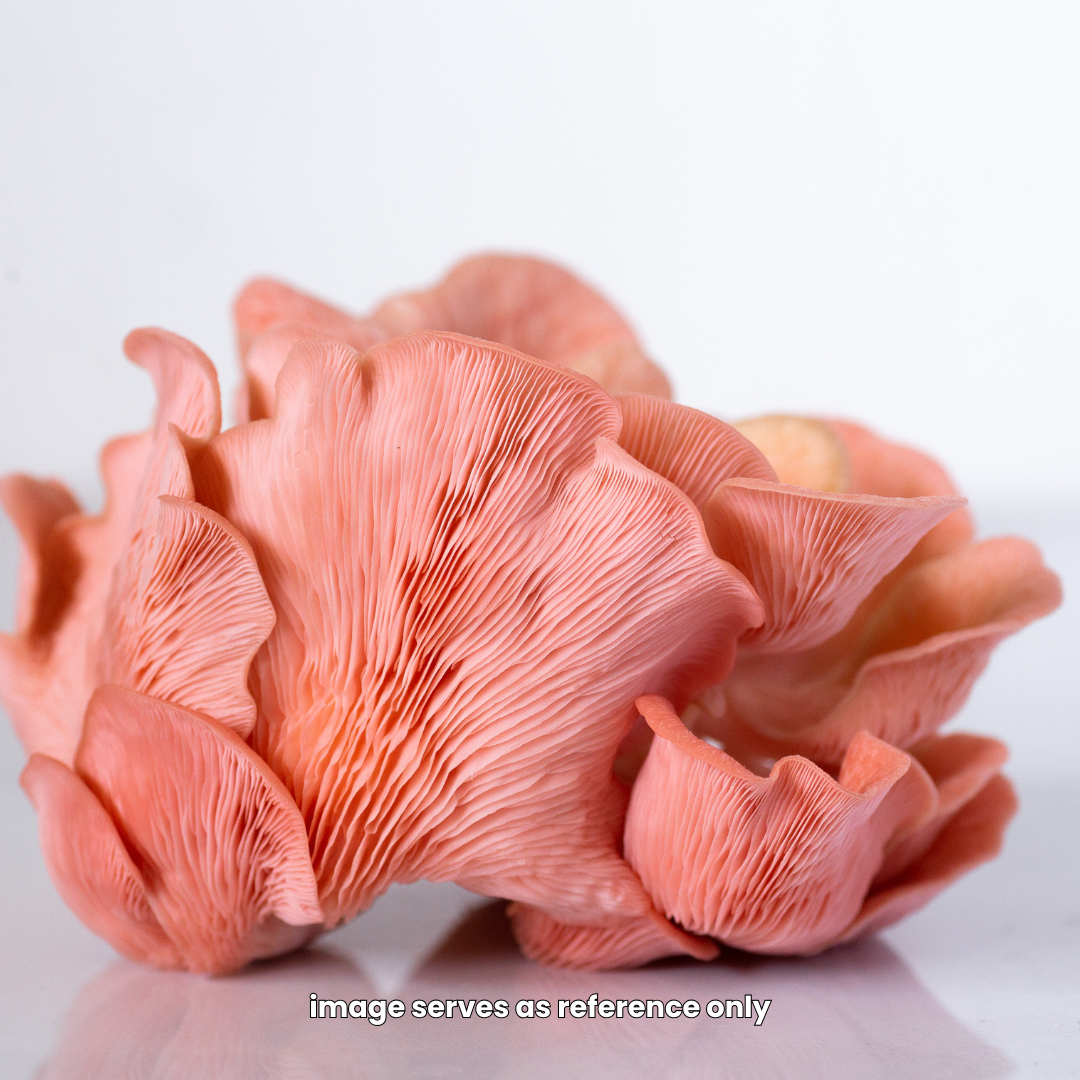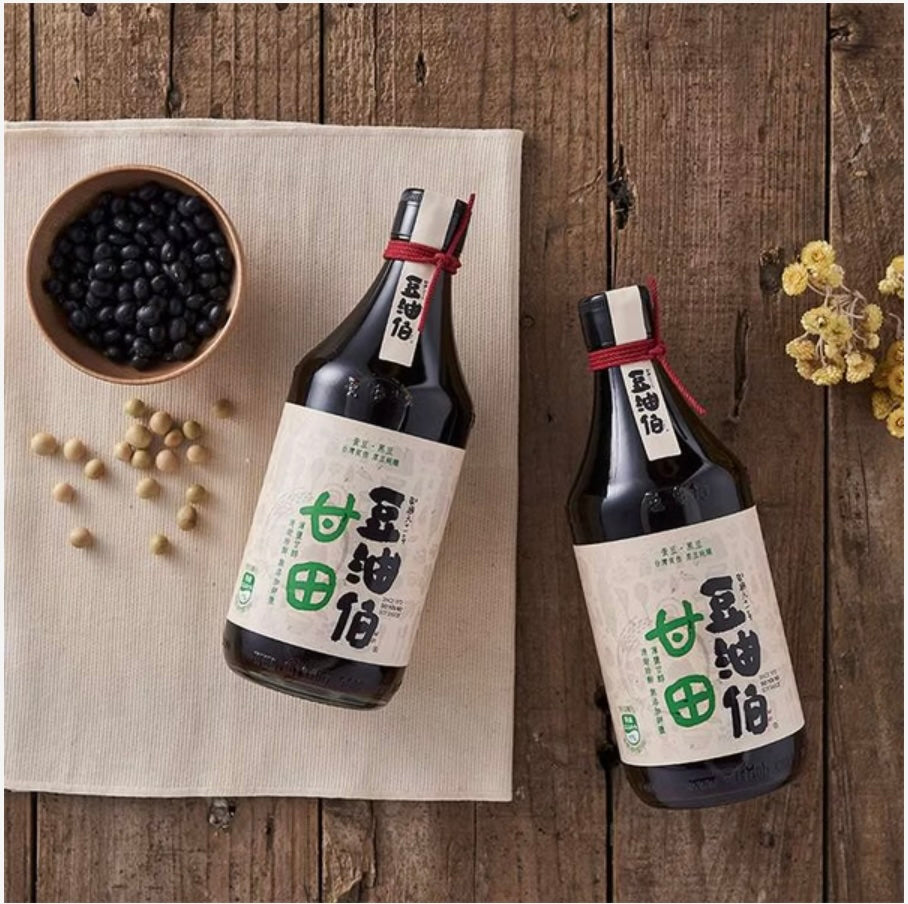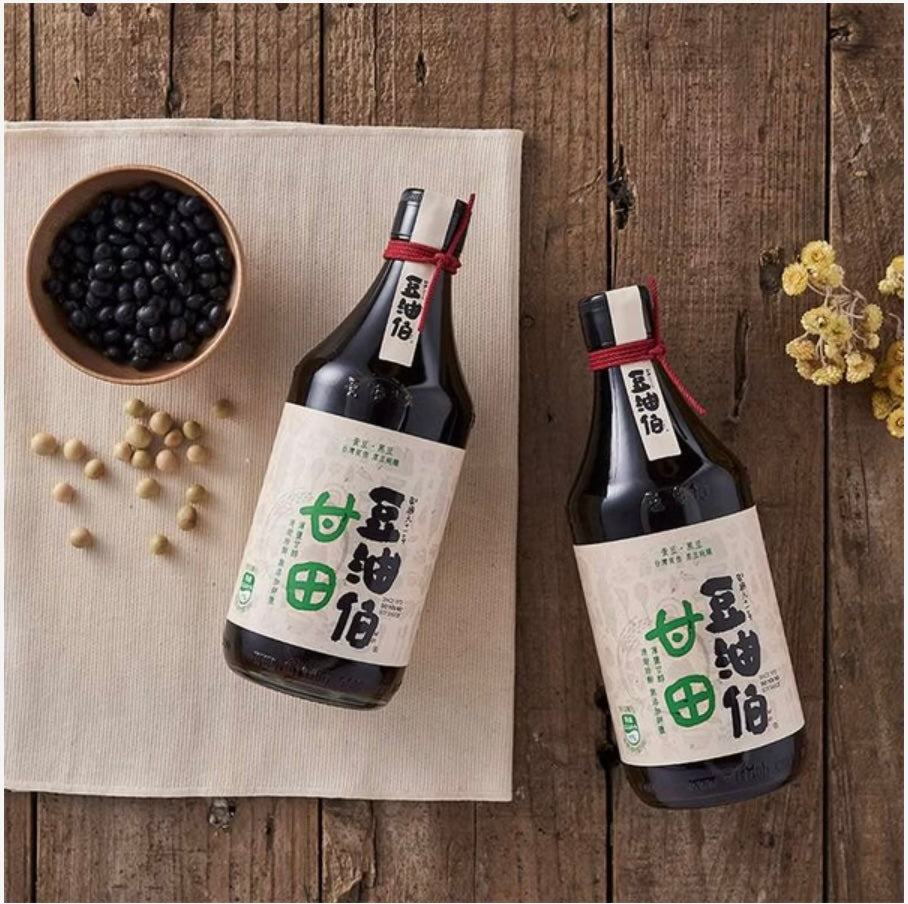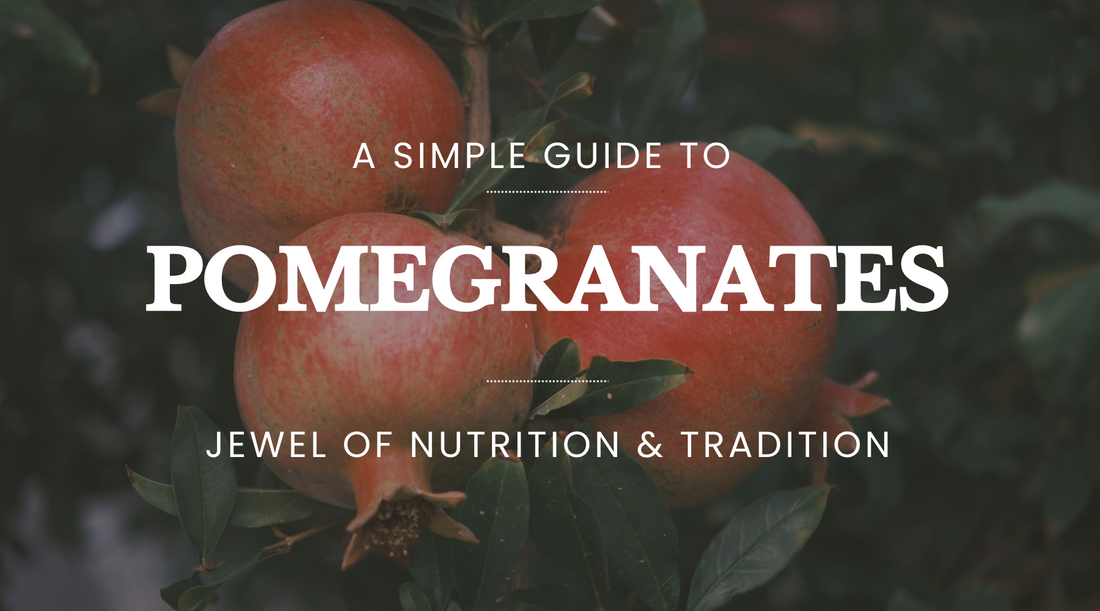
Pomegranates: Jewel of Nutrition and Tradition
Share
Pomegranates, with their ruby-red arils and jewel-like shine, have been cherished for centuries not just for their beauty, but also for their cultural significance and incredible health benefits. Known as the “fruit of abundance,” they have deep roots in history, appearing in ancient Greek mythology, religious texts, and traditional medicine across civilizations.
A Fruit with a Story
Originating in Persia and the Mediterranean region, pomegranates have been cultivated for thousands of years. They symbolized fertility, prosperity, and vitality in many cultures. Over time, the fruit spread across Asia, North Africa, and into Europe—especially Spain, where it became a lasting symbol of Granada (the city’s name literally means “pomegranate”). From Spain, the fruit later made its way to the Americas, becoming a global favorite both in kitchens and wellness traditions.
Flavor & Enjoyment
Each bite of a pomegranate is a burst of tangy-sweet flavor, balanced between refreshing acidity and natural sweetness. The soft, juicy arils can be eaten as a snack, sprinkled over salads, blended into juices, or even incorporated into savory dishes for a vibrant twist.
Different Varieties of Pomegranate & Their Uses
Not all pomegranates are alike—each variety offers distinct flavors, textures, and best uses in the kitchen, here's to name a few:

Wonderful (USA, Egypt & worldwide)
Taste & Look: Deep red skin, bold, tangy-sweet arils.
Best Use: Ideal for juicing, smoothies, cocktails, and sauces due to its intense flavor and high juice yield.
Soft Seed Varieties (China, Tunisia origin)
Taste & Look: Juicy, sweet-tangy with tender, edible seeds.
Best Use: Perfect for fresh eating, fruit bowls, or sprinkling over yogurt and salads without the crunch of hard seeds.
Kandhari (Afghanistan/India)
Taste & Look: Large fruits with bright red skin, strongly tart flavor.
Best Use: Excellent for bold pomegranate molasses, chutneys, and savory dishes where acidity shines.
Bhagwa (India)
Taste & Look: Glossy skin, vibrant arils, sweet flavor, high juice content.
Best Use: Popular for fresh snacking and juicing; also widely used in export markets for its attractive appearance.
Sweet Pomegranate (Mediterranean & Middle East)
Taste & Look: Lighter pink arils, mild sweetness with low acidity.
Best Use: Enjoyed best fresh; a family-friendly option for children or those preferring a gentler taste.
Black Pomegranate (rare, Central Asia)
Taste & Look: Dark purple-black skin with deep crimson arils and rich flavor.
Best Use: Prized for medicinal and antioxidant-rich juices; also used in specialty desserts and syrups.
Seasonality: When to Enjoy Pomegranates
Pomegranates are a highly seasonal fruit, and their availability depends on where they are grown, in Singapore, the common varieties are from Egypt, Türkiye, China, India and Spain:
Northern Hemisphere (Mediterranean, USA, Spain, India, China): Main season runs from September to February, with peak freshness in late autumn.
Southern Hemisphere (Chile, Peru, Australia): Harvested between March to May, making pomegranates available year-round when global supply is considered.
Soft-seeded Chinese varieties: Typically harvested in late summer to early autumn (August–October).
Indian varieties like Bhagwa and Kandhari: Usually peak in September–December, though some regions have staggered harvests allowing near year-round supply.
💡 Tip: For the juiciest and sweetest arils, choose pomegranates during their local harvest peak—these fruits will be fresher, more flavorful, and nutrient-rich.
Nutritional Powerhouse
Pomegranates aren’t just delicious—they’re packed with goodness:
- Rich in antioxidants – helps protect the body against free radicals.
- Supports heart health – may help improve blood circulation and reduce cholesterol.
- Anti-inflammatory properties – beneficial for reducing inflammation in the body.
- Vitamin-rich – a natural source of vitamin C, vitamin K, and folate.
- Boosts digestion – thanks to its fiber content.
- May support memory and brain health – studied for potential neuroprotective effects.
From Ancient Medicine to Modern Wellness
In Ayurveda and Traditional Chinese Medicine, pomegranates were valued for their healing properties, believed to strengthen the body and purify the blood. Today, modern research supports many of these traditional uses, showing how pomegranate juice and extracts can play a role in cardiovascular wellness, anti-aging, and overall vitality.
How to Choose & Store
When selecting pomegranates, look for fruits that feel heavy for their size with firm, unbroken skin. Store them in a cool, dry place for up to a month—or refrigerate to keep them fresh even longer.
Bringing It to Your Table
Whether enjoyed fresh, pressed into juice, simmered into sauces, or sprinkled as a garnish, pomegranates add both beauty and nutrition to your meals. Their versatility makes them a seasonal favorite, perfect for festive dishes or everyday healthy eating.

